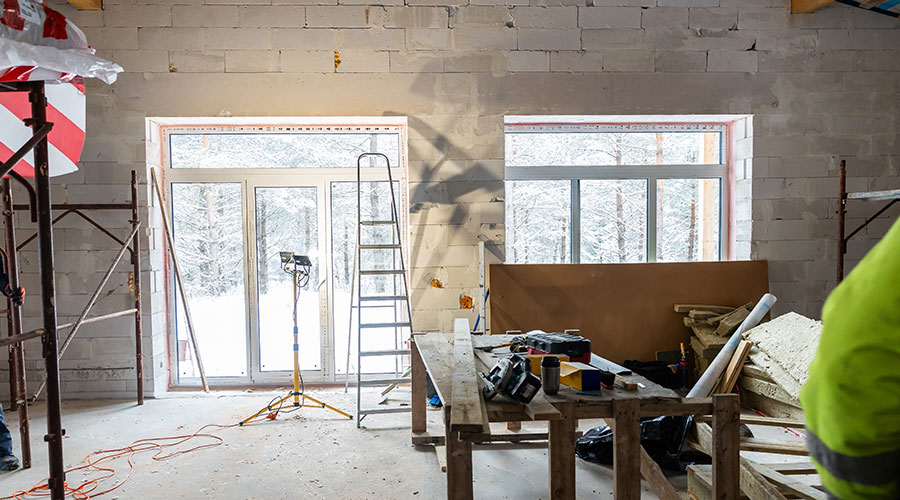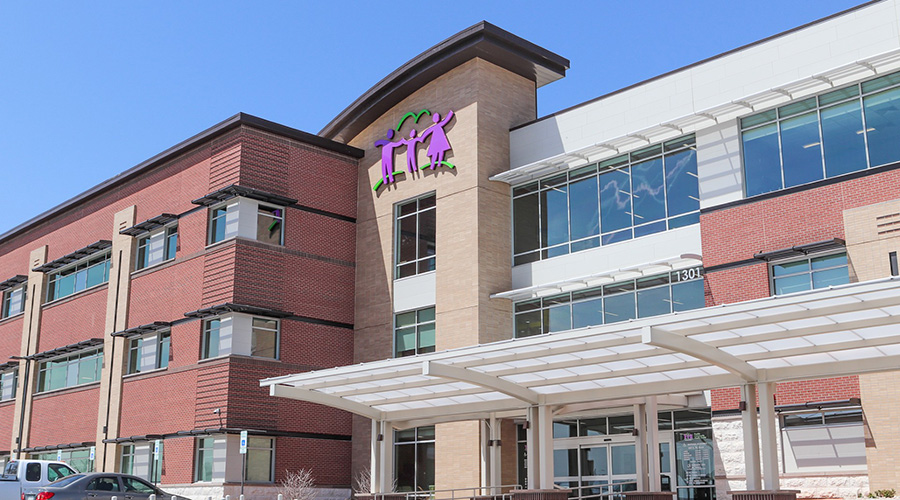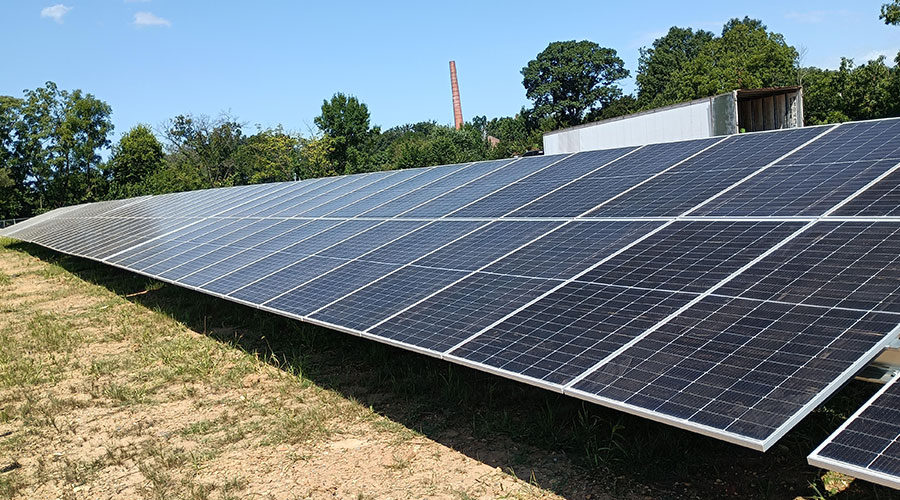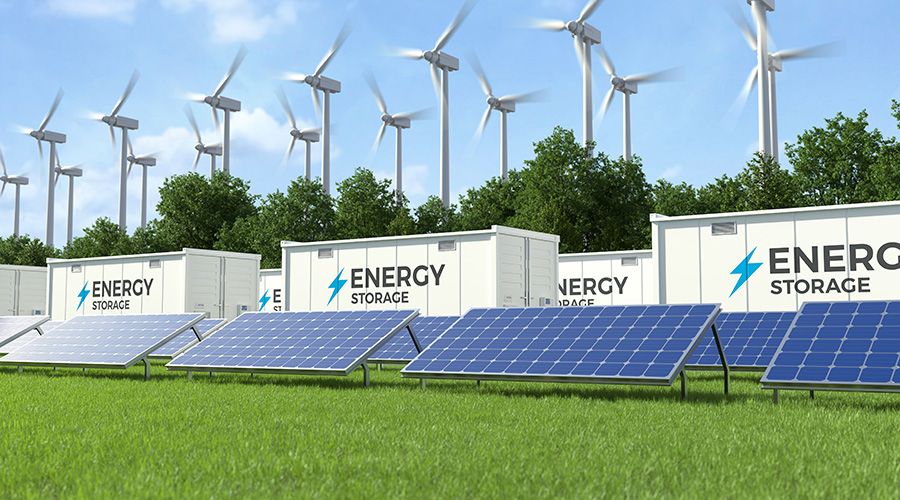Performance Metrics For Lighting Systems
Hypothetical situation: You’re looking to purchase a new car. With rising gas prices, fuel efficiency is an important consideration. But would you overlook all other aspects of a car’s performance to get the best fuel efficiency possible? Probably not. “No one would buy a car that does not go very fast and takes a long time to get to maximum speed,” says Jeffrey Kahn, lighting designer, KlingStubbins.
Then why would you do that with your lighting system? If the energy efficiency of a lighting system overshadows the quality of the lighting, the system is inadequate. “If you relate this to fuel efficiency, you can look at how automobile engineers balance the fuel efficiency of an engine with the torque of the transmission,” says Kahn.
Facility executives have to practice a similar balancing act to achieve an energy efficient lighting system that also satisfies the needs of building occupants. “If you approach it from a pure energy standpoint, you might be less than satisfied with the end result,” says Gregg Adams, LEED-AP, IALD, principal, Clanton & Associates. “Simply changing light bulbs may be a low-hanging fruit, but if you don’t look at it holistically, the lighting quality suffers.” Looking only at energy efficiency may initially help the bottom line, but in the long term, looking at lighting systems both from energy-related metrics as well as quality-of-light metrics will save money and keep occupants happy.
Energy Performance Metrics
The baseline standard to which efficient lighting systems adhere is ASHRAE 90.1, Energy Standard for Buildings Except Low-Rise Residential Buildings. The standard, continually updated as new lighting technology is developed, sets lighting power density limits for different types of facilities. Municipalities often use ASHRAE 90.1 as a standard for local building codes. Because the standard is being constantly updated, different versions of the standard are used by different municipalities, so it’s important to research local codes. The most current version is ASHRAE 90.1-2007. Because of its widespread use, sustainable lighting systems are usually gauged by how well their performance measures up to the specifications in ASHRAE 90.1.
To determine if a lighting system meets or beats code, engineers and lighting designers use a variety of quantitative measurements.
Lighting power density is measured in watts per square foot. To determine a lighting system’s watts per square foot, multiply the number of lighting fixtures by the watts used per fixture. Then, divide that number by the total number of square feet being lit. For example, a 5,000-square-foot office space with 50 lighting fixtures each using 120 watts uses 1.2 watts per square foot. Compare the watts per square foot number with the most current ASHRAE 90.1 standard to determine where a lighting system falls on the scale of efficiency.
Lumens are a measurement of the volume of light a single lamp emits. Factors such as the fixture, age of the lamp and voltage of the circuit all affect the lumen output. Lumens are used to determine a measurement called efficacy, or lumens per watt. This measurement compares light output to energy consumption and indicates how efficient the lamp or the lamp-and-ballast system is at producing raw light output. The higher the lumens-per-watt number, the more efficient the lamp.
Lumens are also used to measure footcandles. Footcandles is a measurement of how much light actually hits a surface. Using general guidelines, facility executives can determine if enough light is reaching the worksurface of a desk, for instance. This measurement has often been used as the main factor in determining appropriate lighting for a space, but only looking at footcandles to determine lighting quality is backwards thinking, says Stefan Graf, IALD, lighting designer, Illuminart. “If you address all the lighting quality issues first, footcandles often take care of themselves,” he says. “If you increase the quality of light, footcandles can sometimes be reduced significantly to save energy, while users can still see better than before. Why would you worry about footcandles first?”
Related Topics:














